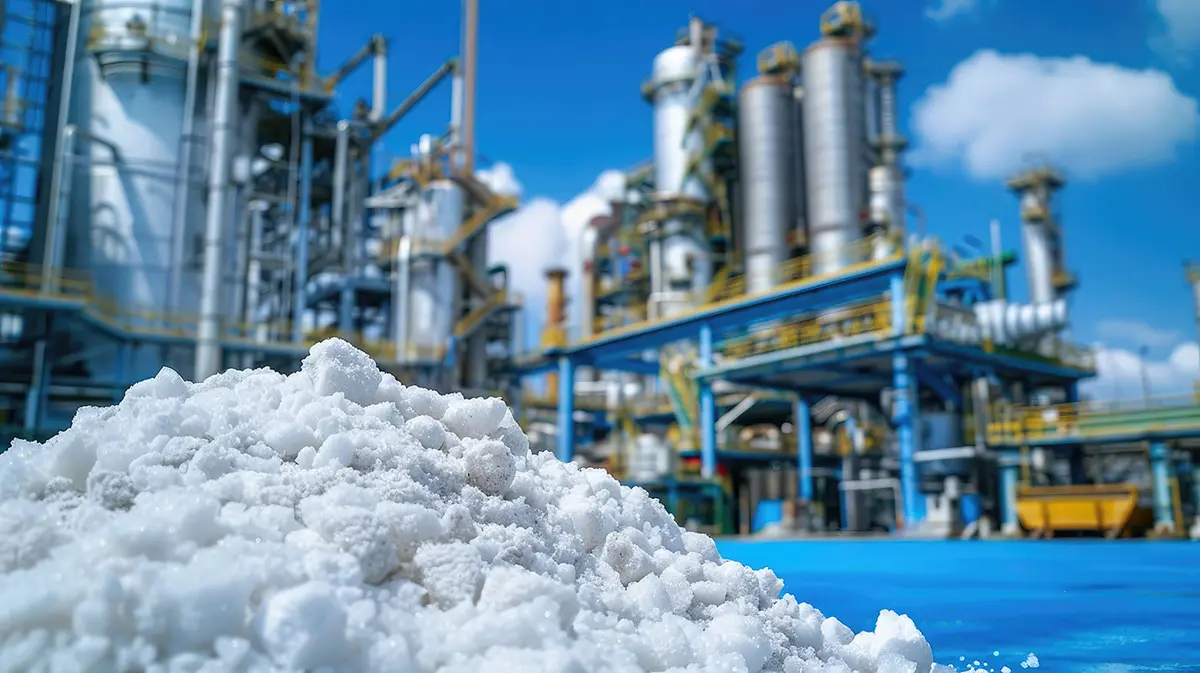
The National Science Foundation (NSF) has awarded Asst. Prof. Fanglin Che of UMass Lowell’s Chemical Engineering Department and Assoc. Prof. Sara Thoi of Johns Hopkins University’s Chemistry Department a three-year grant totaling $781,454 to develop a sustainable method for creating organonitrogen compounds. These chemicals are used in a wide range of industrial applications, from agriculture and pharmaceuticals to chemical raw materials and fuels.
“One prime example is urea, a nitrogen-based fertilizer used by farmers worldwide to increase the yield of agricultural crops,” says Che, who is the project’s principal investigator for UML. “An estimated 180 to 200 million metric tons of urea are produced globally each year, and approximately 90% of this is used as fertilizer.”
Ammonia, a precursor molecule for creating urea, is currently synthesized on a commercial scale through the Haber-Bosch process. According to Che, this highly energy-intensive method is responsible for approximately 1.8% of global carbon dioxide emissions, which is equivalent to roughly 450 to 500 million metric tons of CO2 annually.

The researchers will use the NSF funding to study metal-organic materials as catalysts to produce the compounds through electrochemical C–N coupling, a process that forms bonds between carbon and nitrogen atoms. Their method will use carbon from CO2 in the atmosphere and nitrogen from nitrate in water.
“Carbon dioxide in the atmosphere comes from carbon emissions from factories, power plants, cars and our daily activities,” Che explains. “Nitrate in water can result from runoff or leakage from fertilized soil as well as from wastewater, landfills, animal feedlots, septic systems or urban drainage.”
Che points out that electrochemical C–N coupling, when powered by electricity from renewable sources such as wind or solar, offers a “greener” solution because the chemical process operates under mild conditions, such as room temperature, normal pressures and in water-based environments.
“By efficiently using carbon dioxide as a readily available carbon source for this process, we can take significant steps toward reducing our industrial carbon emissions while producing essential chemicals like urea,” she says.
Combining Computational and Experimental Chemistry
Che and her team will apply advanced computational techniques such as multiscale, physics-informed machine learning in their modeling and simulation to design new metal-organic catalysts. The model they develop would then be tested and refined through experiments by Thoi and her team at Johns Hopkins.
 Image by Edwin L. Aguirre
Image by Edwin L. Aguirre
The researchers hope to discover how the structure of metal-organic materials affects their ability to act as catalysts, helping them to design more effective and affordable ones with better energy efficiency. The insights they gain will also allow them to explore a wider range of carbon-nitrogen products by using different starting materials.
“Creating energy-efficient methods for producing organonitrogen compounds could be a key step toward reducing our greenhouse gas emissions and drastically lowering global energy use,” Che says.
